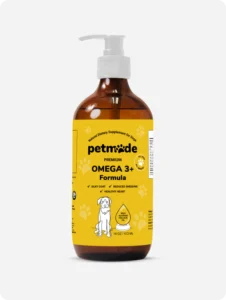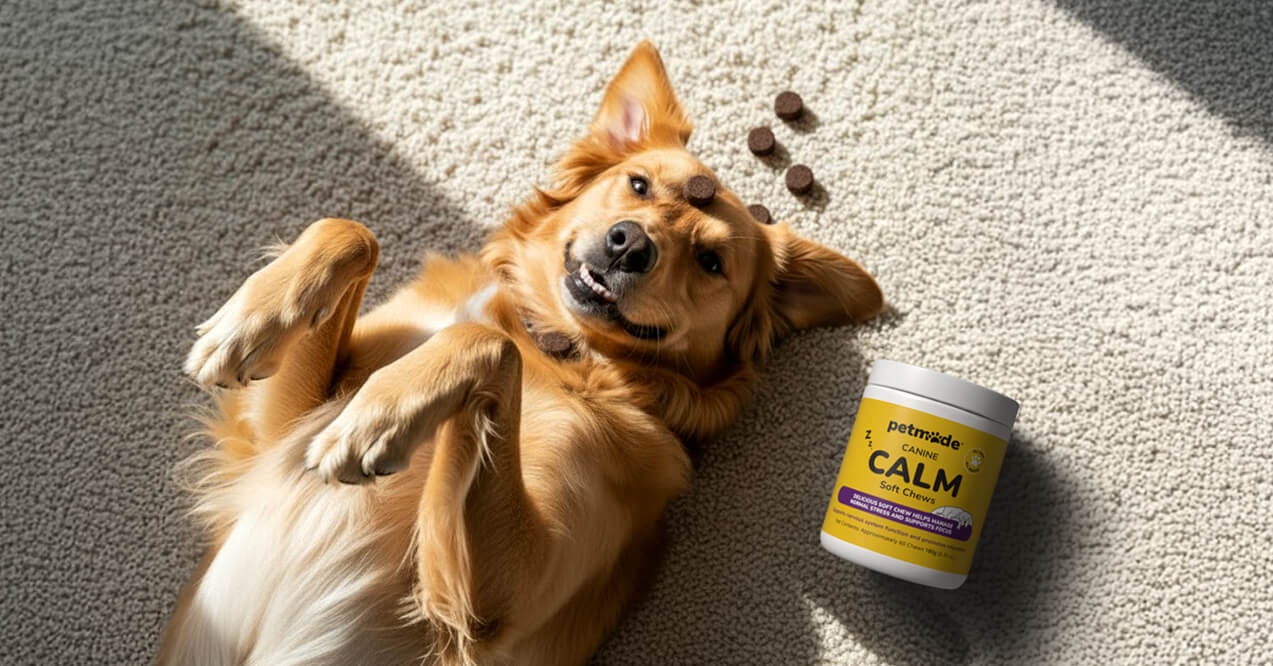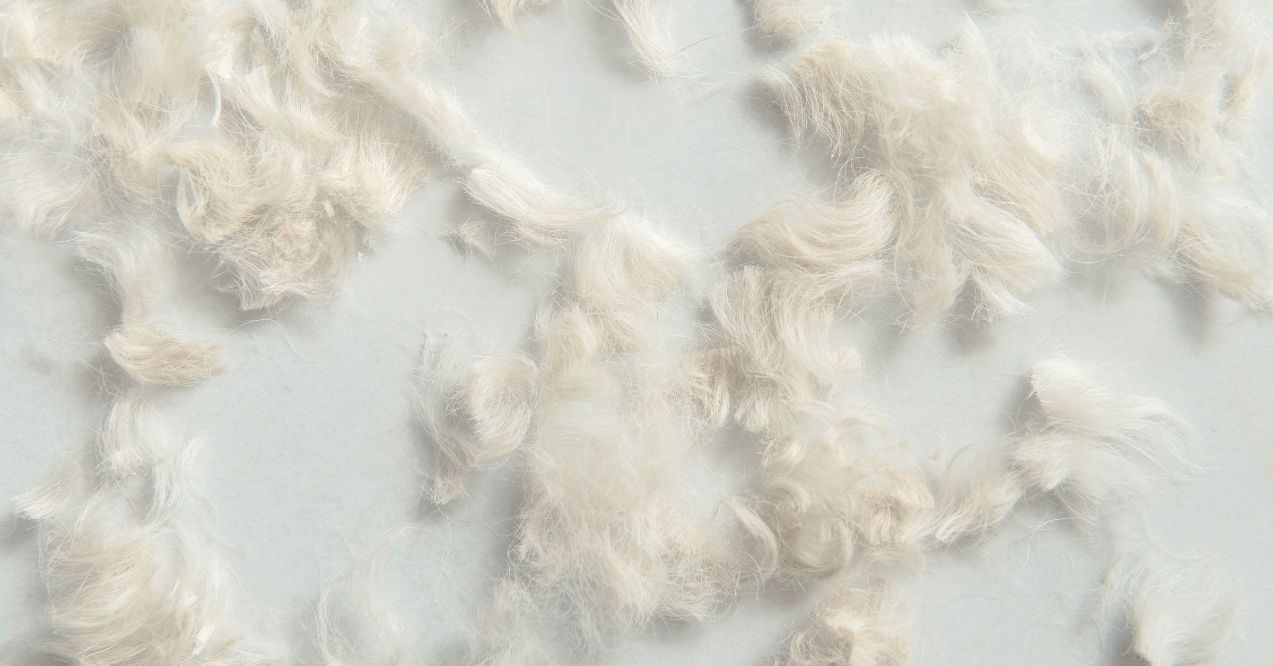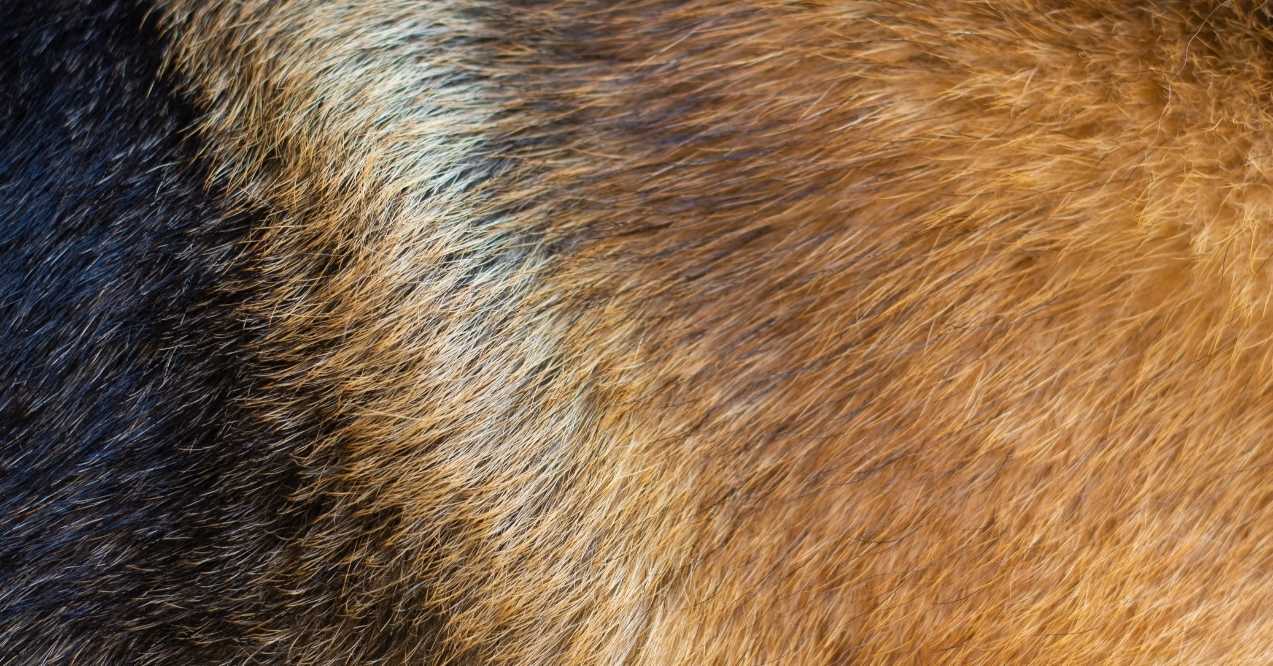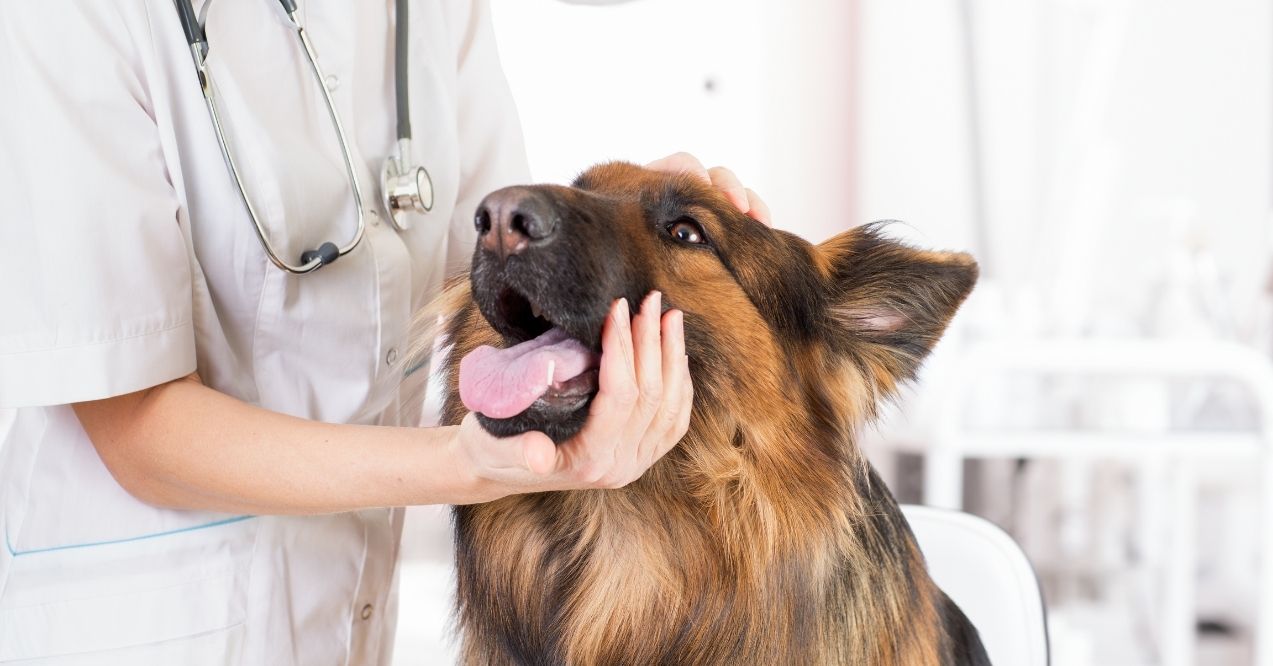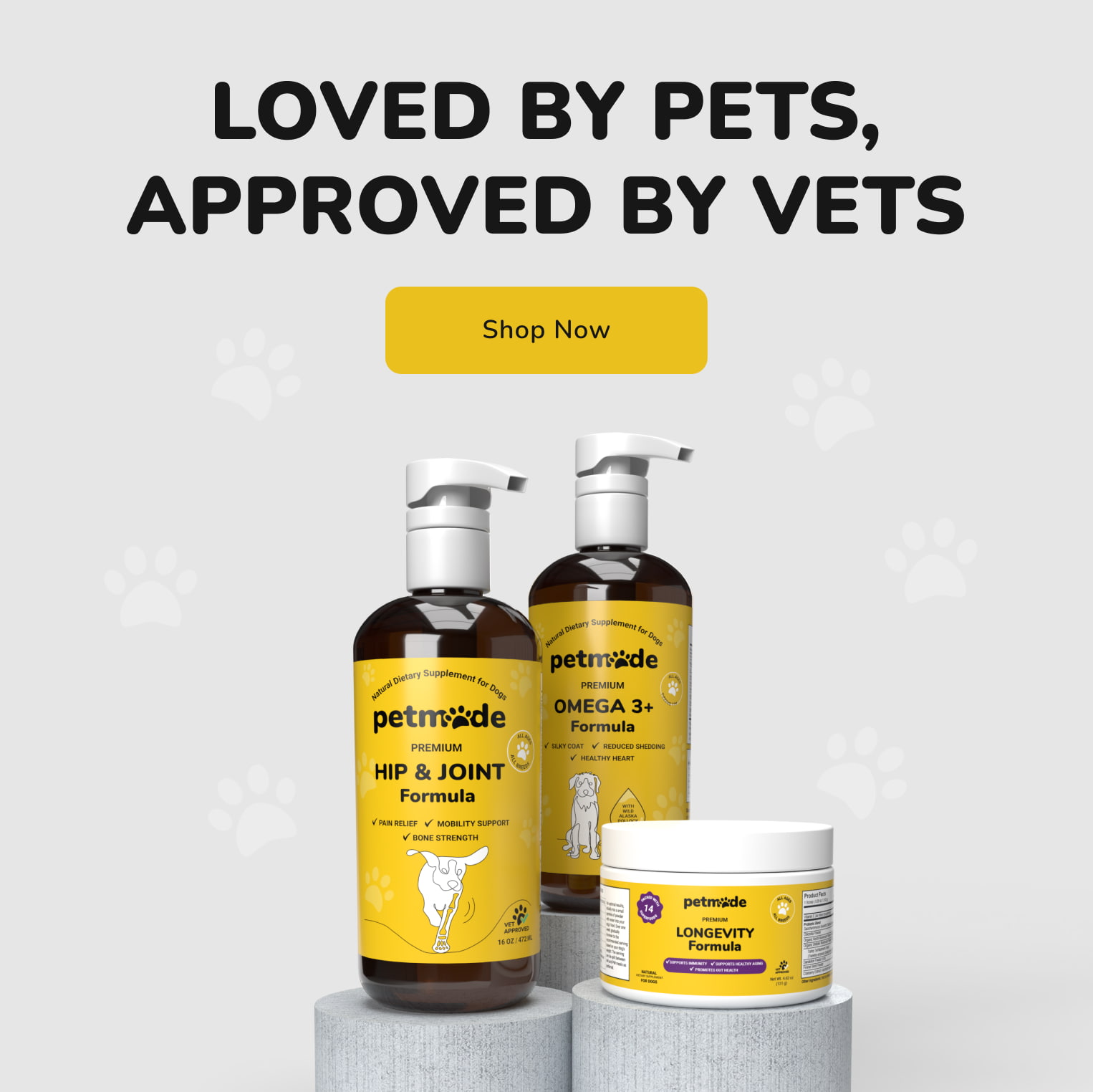Poodles and Allergies: What’s Causing That Itch?
Poodles are beloved companions known for their remarkable intelligence and low-shedding coats that make them popular family pets. However, many poodle owners are surprised to discover that this wonderful breed can be particularly prone to various sensitivities. Poodles and allergies often go hand in hand, with environmental triggers like pollen and dust, food sensitivities, and contact reactions being common concerns.
These sensitivities typically show up as uncomfortable skin issues, including persistent scratching, red patches, and coat changes that can leave both pets and owners feeling frustrated. The good news is that understanding these triggers and their signs can help you make informed decisions to support your poodle’s comfort and overall well-being throughout their life.
Why Poodles Are Prone to Allergies
Understanding poodle allergies requires looking beyond their reputation as low-shedding companions. Despite their desirable coat qualities, poodles face unique sensitivity challenges that stem from both genetics and environmental factors.
Are Poodles Hypoallergenic?
While poodles are often marketed as hypoallergenic due to their minimal shedding, this label can be misleading for sensitive individuals. Poodles still produce dander, saliva, and specific proteins that can trigger reactions in people with sensitivities. Their curly coats trap loose hair and dander more effectively than straight-haired breeds, which reduces airborne allergens in your home.
However, no dog breed is completely hypoallergenic. The proteins found in dog saliva, urine, and skin cells are present in all breeds, regardless of coat type. Poodles simply distribute these allergens differently due to their unique coat structure.
Poodle Coat & Skin Sensitivity
The dense, curly coat that makes poodles so appealing also creates challenges for poodle skin issues. Their tight curls can trap environmental allergens like pollen, dust, and debris close to the skin for extended periods. This prolonged contact can contribute to skin discomfort and sensitivity reactions.
Regular grooming becomes essential for poodles, as their coats require consistent maintenance to prevent matting and allergen buildup. Without proper care, trapped particles can accumulate and potentially support skin irritation that affects your poodle’s comfort and overall well-being.
Common Allergy Triggers in Poodles
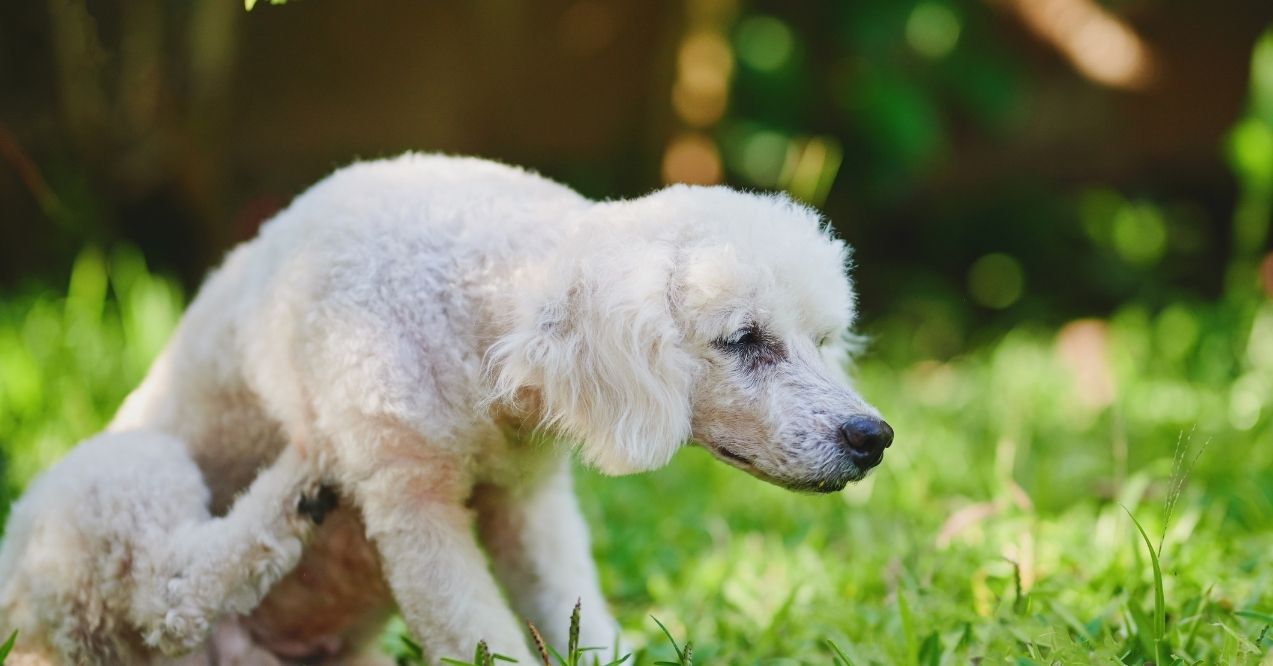
Poodle dog allergies can stem from various sources that affect dogs differently throughout their lives. Understanding these common triggers helps owners identify potential causes and make informed decisions about their poodle’s environment and care routine.
Environmental Irritants
Seasonal and environmental factors are frequent culprits behind poodle sensitivities. Common outdoor triggers include:
- Pollen from trees, grasses, and weeds – particularly problematic during spring and fall seasons
- Mold spores – often worse in humid conditions or damp areas
- Dust mites – present year-round in carpets, bedding, and upholstery
These irritants typically affect areas where your poodle makes direct contact with surfaces. You may notice increased scratching around the paws after walks, belly irritation from lying on grass, or muzzle sensitivity from sniffing outdoor areas.
Contact Allergies
Direct contact with household products can trigger skin reactions in sensitive poodles. Grooming shampoos, laundry detergents, floor cleaners, and even new bedding materials can cause discomfort. Recently clipped or shaved areas of your poodle’s coat are particularly vulnerable since the protective hair barrier is reduced.
Flea Saliva Sensitivity
Even one flea bite can cause intense discomfort in sensitive poodles. The proteins in flea saliva can trigger widespread itching that extends far beyond the bite location. Year-round flea prevention supports your poodle’s comfort and helps minimize potential sensitivity reactions.
Food Allergies in Poodles
Food sensitivities can manifest as persistent skin discomfort, digestive concerns, or both in poodles. Elimination diets, conducted with professional guidance, can help identify specific ingredients that may be contributing to your poodle’s discomfort.
Common Culprits
Certain ingredients appear more frequently as triggers in sensitive poodles:
- Protein sources – beef, chicken, lamb, and fish
- Dairy products – milk, cheese, and yogurt
- Grains – wheat, corn, and rice
- Legumes – soy and various beans
- Artificial additives – preservatives, colors, and flavor enhancers
- Common treats – rawhide and certain commercial snacks
Symptoms to Watch
Food sensitivities often present through these observable signs:
- Excessive licking or chewing of paws and legs
- Persistent scratching without obvious external irritants
- Dry, flaky skin or unusual coat changes
- Digestive changes including loose stools or increased frequency
- Red or irritated skin around the ears, face, or belly
Identifying Poodle Skin Problems
Early recognition of skin discomfort allows owners to make timely adjustments to their poodle’s care routine and environment. Understanding the difference between various skin concerns helps you provide appropriate support for your companion’s comfort and well-being.
Visual Signs of Skin Discomfort
Poodle skin problems often present with distinct visual cues that become more noticeable during grooming sessions:
- Red or pink patches – commonly appear on belly, inner thighs, or around ears
- Flaky or scaly areas – particularly noticeable in dry conditions or after frequent bathing
- Coat quality changes – including excessive shedding in normally low-shedding poodles
- Darkened skin patches – especially in areas of frequent scratching
- Unusual odor – from skin or coat, even after recent grooming
Behavioral Signs to Monitor
Watch for these behavioral changes that often indicate skin discomfort:
- Increased licking – particularly focused on paws, legs, or specific body areas
- Persistent paw chewing – especially between the toes
- Head shaking – without apparent ear concerns
- Restlessness – during typical rest periods
- Excessive rubbing – against furniture or surfaces
Keeping a simple symptom diary helps identify patterns related to seasons, activities, or environmental changes that may contribute to your poodle’s discomfort.
Breed-Specific Vulnerabilities
Poodles can develop breed-specific skin conditions like sebaceous adenitis, which affects oil-producing glands and creates dry, flaky patches that may resemble sensitivity reactions. Poodle dry skin conditions can also mimic environmental sensitivities, making it important to consider multiple factors when supporting your poodle’s skin health over time.
How to Soothe and Support Poodle Skin Health

Supporting your poodle’s skin comfort involves consistent daily care, environmental adjustments, and nutritional considerations. These proactive approaches can help promote overall skin wellness and support your companion’s quality of life.
Daily Grooming Habits
Gentle, consistent grooming supports skin health by removing trapped allergens and maintaining coat cleanliness:
- Use hypoallergenic shampoos – choose products free from harsh chemicals and fragrances
- Brush regularly – daily brushing prevents matting and removes environmental particles
- Strategic trimming – keep hair shorter around paws and sanitary areas to reduce allergen contact
- Rinse thoroughly – ensure complete removal of grooming products to prevent residue buildup
Home Environment Adjustments
Creating a supportive environment reduces exposure to potential triggers:
- Air purifiers – help filter airborne allergens like pollen and dust
- Pet-safe cleaning products – eliminate harsh chemical residues from surfaces
- Hypoallergenic bedding – choose natural, washable materials
- Regular vacuuming – reduces dust mites and environmental debris
Nutrition for Skin Support
If you’re wondering what to do about dog skin allergies and how to support overall skin health, nutrition also plays a major role. Omega-3 fatty acids promote coat hydration and may help support skin comfort. Balanced diets with high-quality proteins and minimal fillers support your poodle’s overall well-being and natural skin functions.
Managing Poodle Allergies Over Time
Successfully supporting a poodle with sensitivities requires adapting your care routine as seasons change and your companion ages. Building consistent, flexible practices helps maintain comfort throughout different life stages and environmental conditions.
Seasonal Grooming & Skin Checks
During peak sensitivity seasons like spring and fall, increasing grooming frequency can help remove accumulated allergens before they cause discomfort. Weekly baths with gentle products may be necessary during high-pollen periods, compared to bi-weekly schedules during calmer months.
Regular skin checks become particularly important during seasonal transitions. Look for early signs of irritation in common problem areas like paws, belly, and ear flaps. Catching changes early allows for prompt adjustments to your care routine before discomfort escalates.
Size-Specific Allergy Risks
Toy Poodles face unique challenges due to their proximity to ground-level allergens. Their smaller stature means increased contact with grass, pollen, and surface irritants during walks. Simple practices like wiping paws and belly areas after outdoor activities can significantly reduce allergen exposure.
Standard Poodles may encounter different triggers due to their height and larger surface area, requiring adjusted grooming approaches for their size.
Symptom Tracking Tools
Creating a simple log or chart helps identify patterns between environmental changes, activities, and comfort levels. Track factors like weather conditions, new foods, grooming products, and outdoor exposure alongside any skin changes. This information supports better decision-making about your poodle’s ongoing care routine.
Conclusion
Understanding poodles and allergies empowers owners to provide thoughtful, supportive care for their sensitive companions. While poodles may be more prone to environmental, food, and contact sensitivities than other breeds, recognizing early signs and implementing consistent care routines can significantly support their comfort and well-being.
From identifying visual and behavioral symptoms to creating allergen-friendly environments, small daily adjustments make meaningful differences in your poodle’s quality of life. Regular grooming, nutritional support, and seasonal awareness help build a comprehensive approach to managing sensitivities over time.
Some poodles can develop sensitivities to chicken protein, making it one of the more common food triggers. However, not all poodles are sensitive to chicken. Elimination diets help identify whether chicken contributes to your poodle’s skin discomfort or digestive concerns.
Common food sensitivities in poodles include protein sources like beef, chicken, and lamb, plus dairy products, wheat, corn, soy, and artificial additives. These ingredients can trigger skin irritation, excessive scratching, and digestive changes in sensitive poodles.
Poodles commonly experience red patches, flaky skin, excessive scratching, and darkened areas from sensitivity reactions. They’re also prone to sebaceous adenitis and dry skin conditions. Environmental allergens, food sensitivities, and contact reactions frequently contribute to these skin concerns.
Yes, both environmental and food sensitivities can contribute to dry, flaky skin in poodles. Allergens can disrupt the skin’s natural moisture balance, leading to persistent dryness that may worsen without proper support and environmental management strategies.
Not all poodles develop allergies, but the breed has a genetic predisposition to sensitivities. Environmental factors, grooming frequency, and individual genetics influence whether a poodle will experience sensitivity reactions. Many poodles live comfortably without significant allergy concerns.
Advertisement. This site offers health, wellness, fitness and nutritional information and is designed for educational purposes only. You should not rely on this information as a substitute for, nor does it replace, professional medical advice, diagnosis, or treatment. If you have any concerns or questions about your health, you should always consult with a physician or other health-care professional. Do not disregard, avoid or delay obtaining medical or health related advice from your health-care professional because of something you may have read on this site. The use of any information provided on this site is solely at your own risk.

